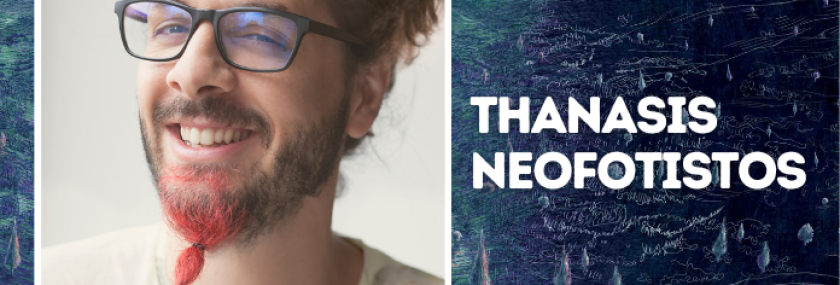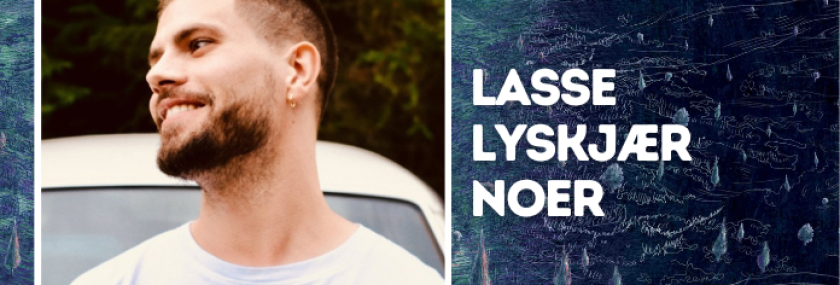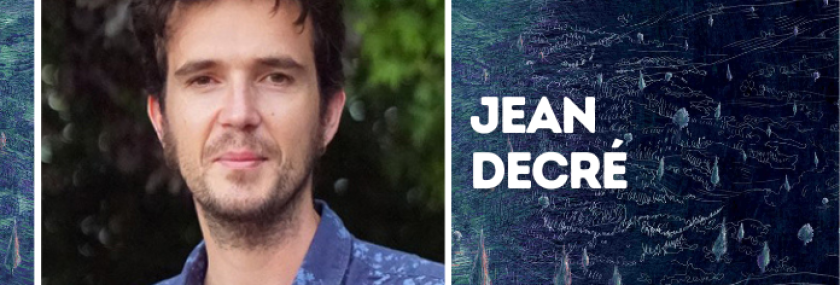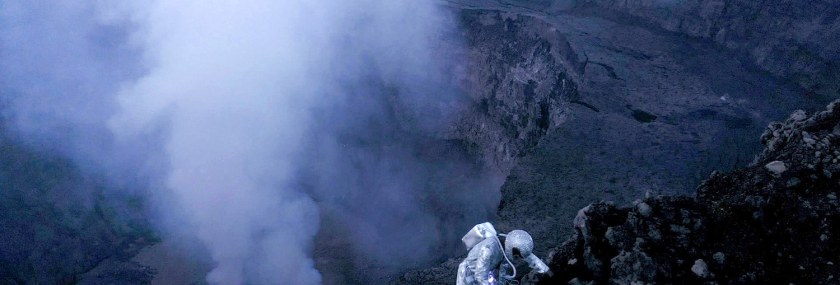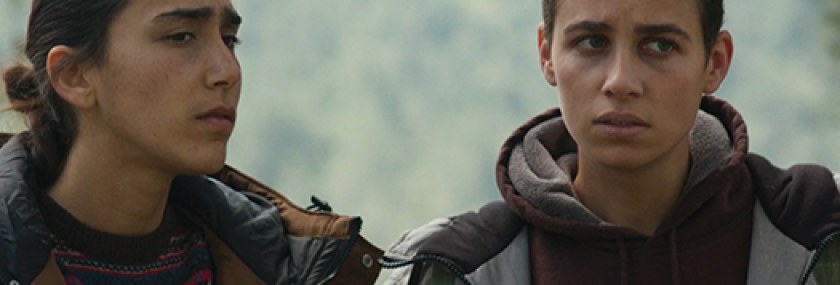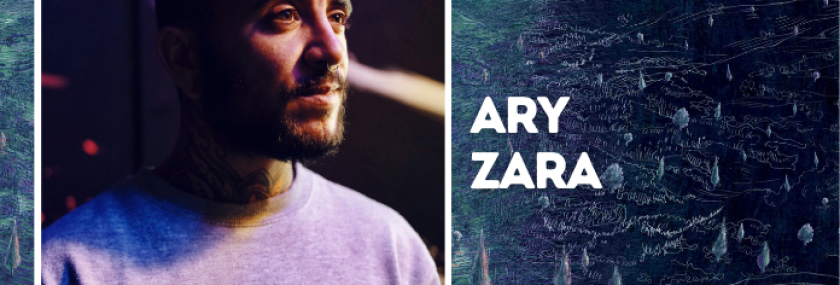Interview with Dian Weys, director of Bergie What was the starting point of Bergie? There were three elements that lead to Bergie’s conception. I live in Cape Town where it is a very common sight to see people sleeping on sidewalks. I heard a story about a person that was homeless who died, but people thought he was sleeping. I wondered for a long […]
Interview with Fan Zhang, director of Nowhere Float What inspired you to tell the story of Xiaomei?Xiaomei is a Liuquin opera actress who escapes from her hometown Cangshan, doing house cleaning work in Shanghai. When she returns to Cangshan to her distanced relatives, her estranged husband and her mother with Alzheimer’s, she has mixed feelings. She wants to take her mother to live […]
Interview with Maisha Maene, director of Mulika What was the starting point of Mulika? The idea of Mulika came when I was questionning the future of Congo, a country with gigantic mineral deposits but with a population that does not benefit from them. As an Afrofuturist filmmaker I wanted to imagine a future for my country and create a way to escape the exploitation […]
Interview with Lucas Bacle, director of d’Auxiliaire Can you tell us little bit about how your film came about? It’s the story of a young man with a disability and his caregiver and how their relationship is thrown into disorder when the caregiver decides to leave. The idea for this film emerged when three friends – a director, an actor and a producer – […]
Interview with Amos Holzman, director of Hafra’at Hitmotetut Hamoshava [Colony Collapse Disorder] Your film deals with two young Israelis, one trying to escape compulsory military service. Why did you want to tell their story?It’s easy to forget sometimes, that soldiers are teenagers. They get drafted at 18, and being expected to abruptly cut off their adolescence. I wanted to present the discord of the teenage […]
Interview with Ce Ding Tan, director of Please Hold the Line Can you tell us a bit about your choice of using 4:3-ratio cinematography?The 4:3 framing is to drive audience’s attention into the main character’s (Kendra) world. Everything is so in focus, driven by her character and emotion, without a lot of distractions on wide framing. 4:3 also gives some sort of pressures, […]

